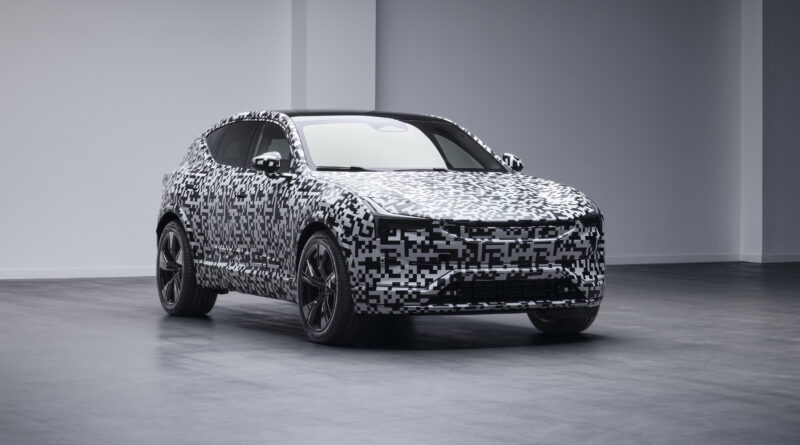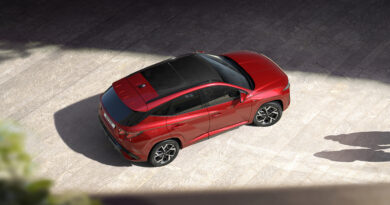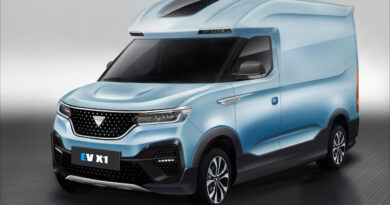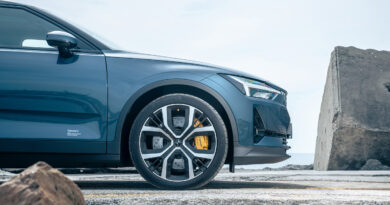600km-plus EV range ‘coming very quickly’: Polestar
Newcomer electric car brand Polestar says it will soon have vehicles that can travel up to 600km on a charge.
It comes as the Swedish-based brand that is part owned by Volvo prepares to expand its EV range beyond the Polestar 2 that already hit six-month wait lists in Australia despite recent price rises.
Speaking to media during a brief Australian visit, Polestar’s vice president of global sales, Mike Whittington, confirmed the upcoming Polestar 3 large SUV, Polestar 4 mid-sized SUV and Polestar 5 GT sports sedan would all be coming to Australia.
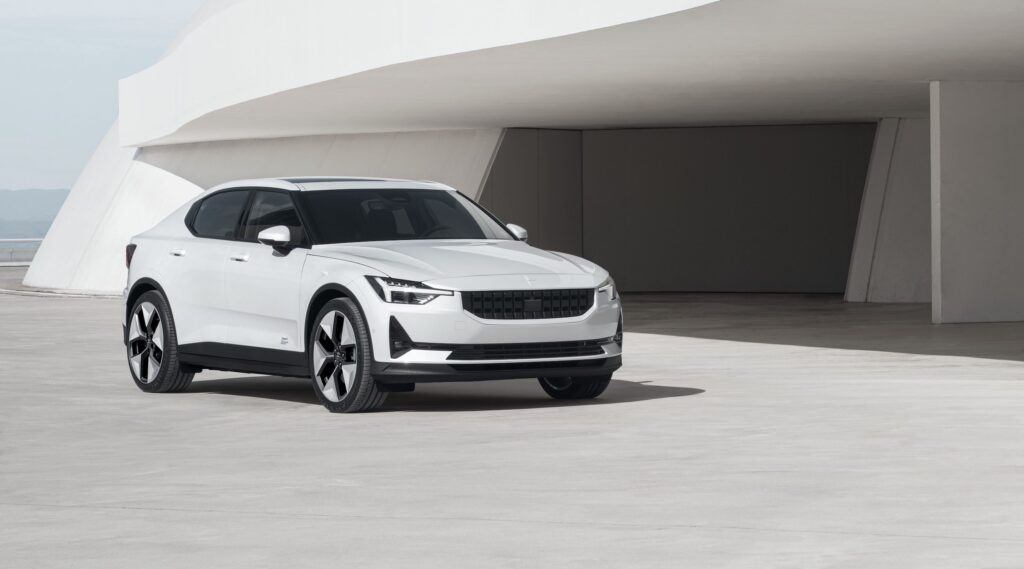
And each will be able to travel further on a charge than the 540km-maximum for the Polestar 2 that already on sale.
READ MORE: New Polestar models by 2024: EV startup confirms 3, 4, 5 with 600km+ ranges
READ MORE: Polestar 2 raises the crash safety bar
READ MORE: Polestar 3 electric SUV teased ahead of 2022 reveal
READ MORE: Polestar 2 power upgrade emphasises EV newcomer’s software strategy
“That sort of range, 600 kilometres, that’s coming very quickly,” said Whittington when asked about the possibility of longer-range electric vehicles.
“If I look at where we’re aiming with our future products coming, then certainly [those 600km ranges are coming soon].”
Polestar has already nominated 600km-plus range targets for its 3, 4 and 5, which will be revealed over the next three years.
The Polestar 3 is due to be unveiled late in 2022 before going on sale here in 2023. Polestar nominates the Porsche Cayenne as the car it will most likely compete with.
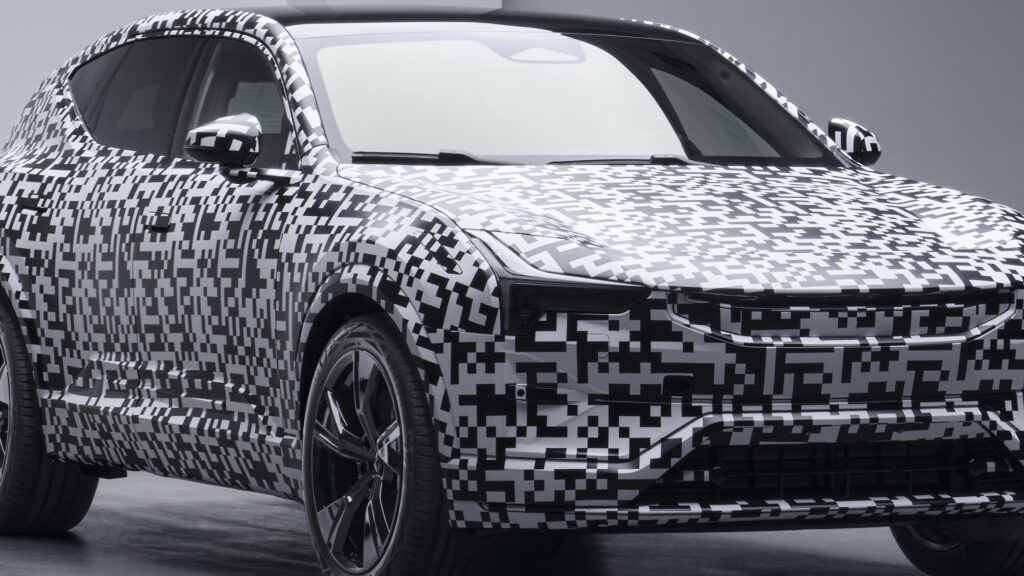
But the large five-seat SUV will also naturally take on the BMW iX and upcoming all-electric replacement for the Volvo XC90.
The head of Polestar Australia, Samantha Johnson, says there is already keen interest in the yet-to-be-released model.
“There’s quite a lot of interest so far,” says Johnson. “There are a lot of people out there with families that want something larger.”
As the current Polestar 2 shares much with the Volvo XC40 Pure Electric beneath the skin, the Polestar 3 will share elements with the XC90 replacement, including its architecture. Each will be built on the new Spa2 structure, which will accommodate hybrid models and well as battery electric vehicles, the latter expected to get a flat floor and wheels ideally placed for the all-EV componentry.
And there’s more coming.
Arguably the sweet spot for the fledgling brand will be the Polestar 4, a mid-sized SUV that’s being lined up against the Porsche Macan – a car that will also soon be making an EV shift.
The Polestar 4 is due to be revealed in 2023 and is expected on sale here by 2024.
While Whittington says the Polestar growth trajectory is “not a race against Tesla”, he also says there is significant sales potential coming.
“Once we start to expand the range … we’ll have a real opportunity to grow our volumes,” he says.
The pinnacle of the brand in the medium term in regards to performance and image is the Polestar 5.
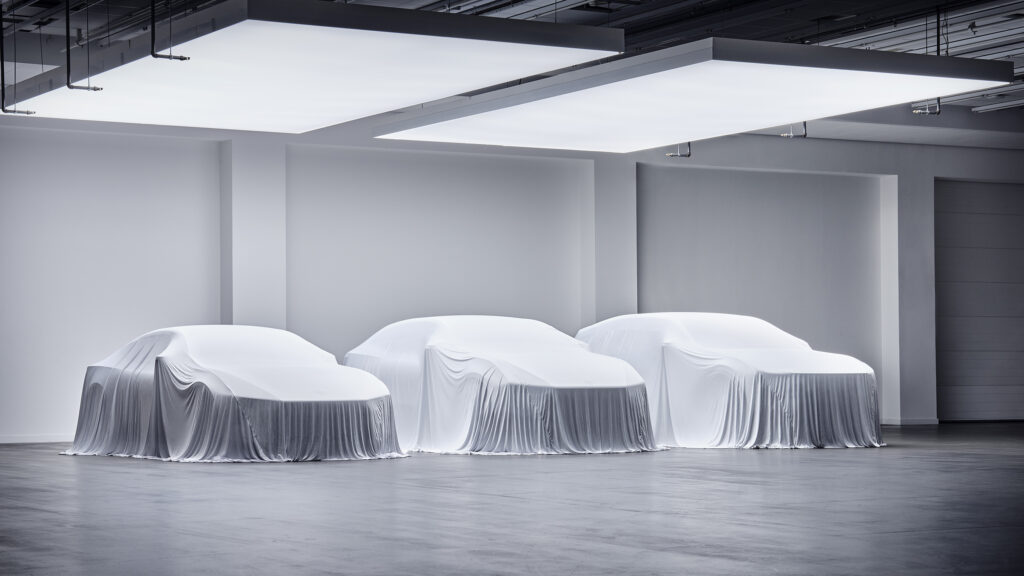
Described as a “luxury sport GT four-door”, the Polestar 5 will be produced in a Chinese factory with capacity of up to 30,000 vehicles annually. That’s well below the planned sales for the Polestar 3, which will be manufactured in the US and China; each factory can manufacture up to 150,000 cars per year. The Polestar 4 will come from a factory in China with a capacity of 240,000 cars annually.
By 2025 when all four models are planned to be in production Polestar is forecasting annual sales of 290,000 vehicles, with growth beyond that.
It all bodes well for Australia, which Whittington describes as an important market as the brand expands and works towards a stock market IPO.
“It’s a large market but there’s a lot of moves towards electricity,” he says. “We see it as an opportunity to grow the brand and grow the volume.”
Polestar Australia chief Johnson says the increasing awareness around the environment and sustainability – as well as record high fuel prices – has sparked interest in EVs, making it easier to establish the brand.
“The demand has been a lot higher than what was anticipated,” she says, adding that “there’s definitely a shift in mentality” in relation to electric cars.
She believes EV brands have more upside as interest in electric vehicles grows.
“Even if the auto industry or the market does drop, we are bringing people over from ICE vehicles over to EVs and that is growing, so we still have the opportunity to grow our market.”

